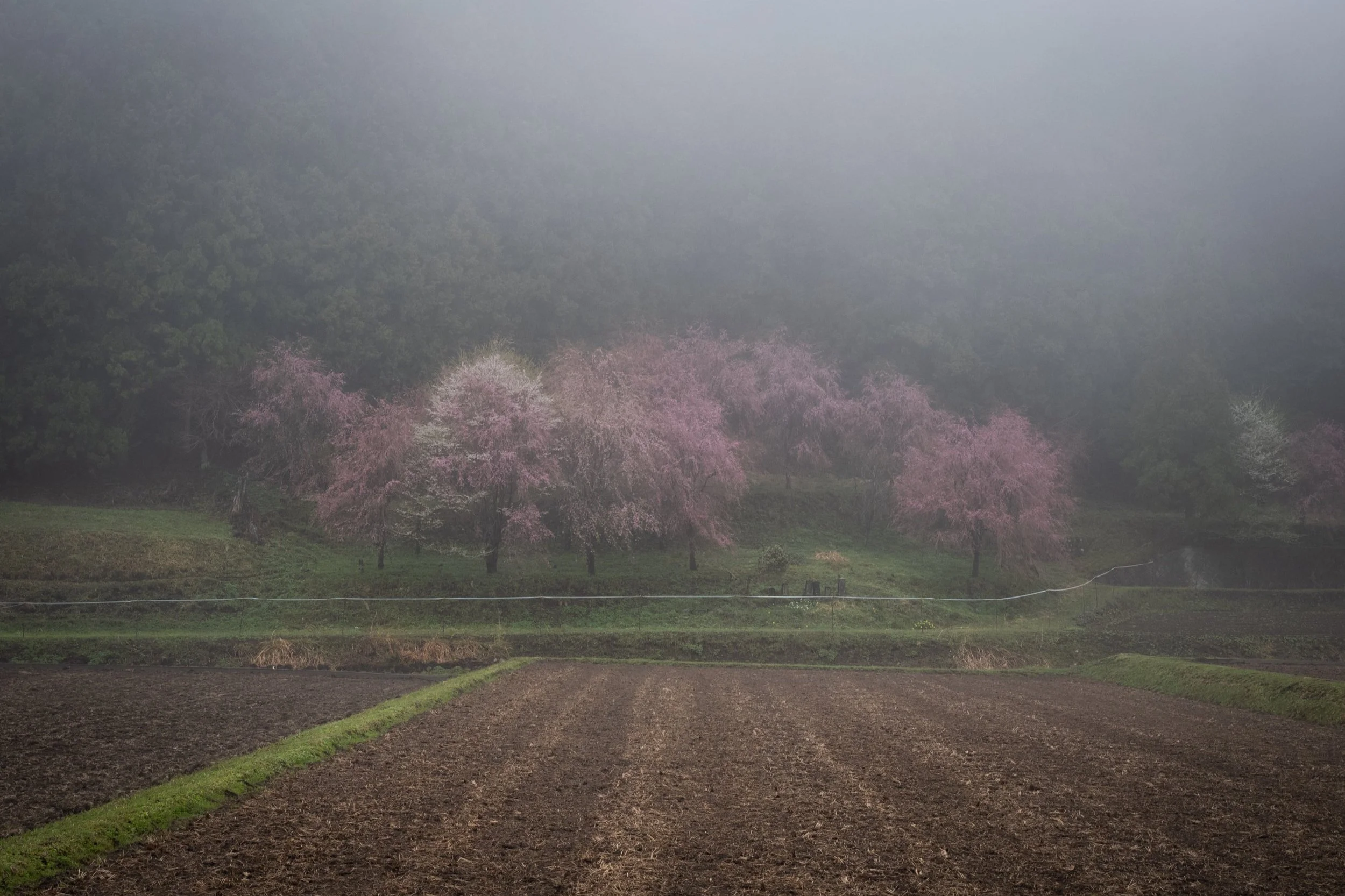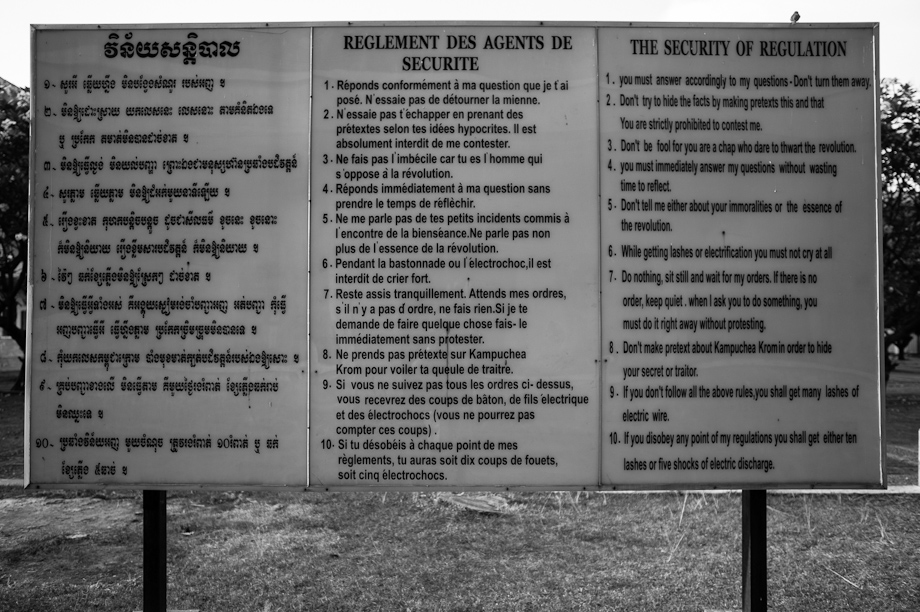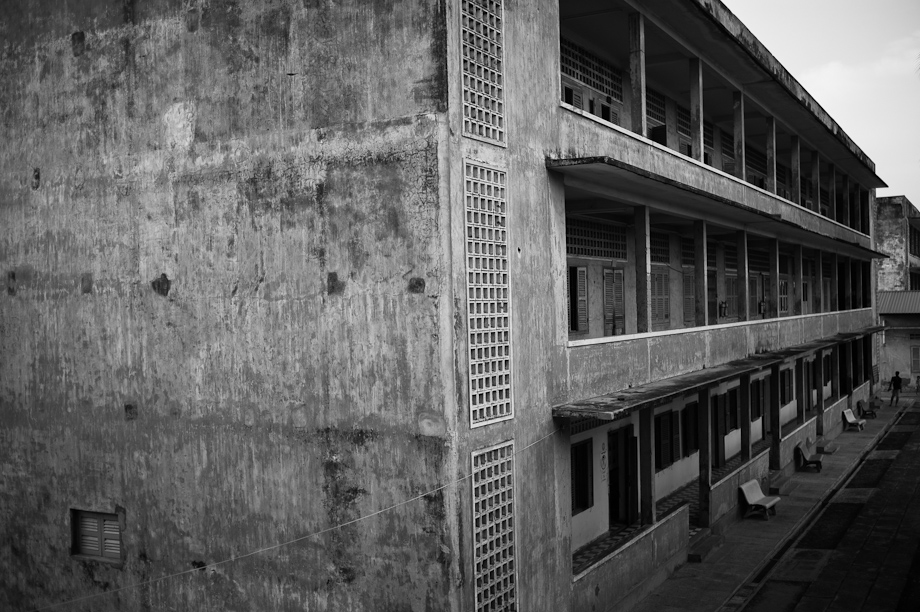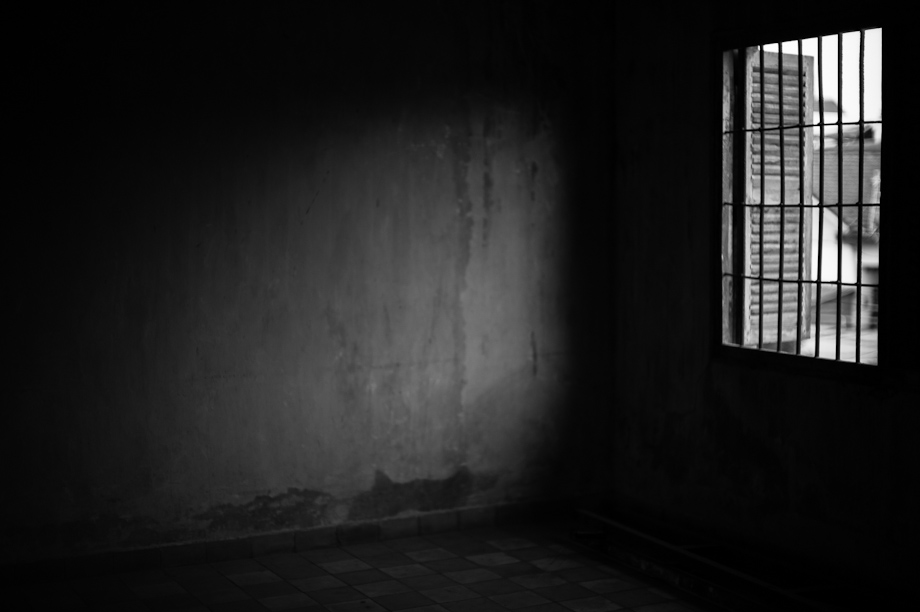Phnom Penh April 17, 1975
Note: I was very moved by what I experienced in Cambodia and wanted to take time to share it here. This might be a bit more 'heavy' than what you are used to here. Phnom Penh April 17 1975, the date that sends chills down the spine of most Cambodians... The day that Pol Pot took power of Cambodia with the fall of Phnom Penh and began his brutal rule.
When I finished my two days of photographing last week, I had an afternoon free and the woman running the charity insisted I go and visit Toul Sleng Genocide Museum and the Killing Fields. I had privately thought about it and was pretty sure I wasn't going to see it. The thought was depressing and not something I was looking forward to honestly. She insisted that it was important to understand the very recent history of Cambodia if I wanted to help them.
With some mixed emotions I headed to Toul Sleng Genocide Museum...
Within days of taking power Pol Pot's Khmer Rouge carried out a radical program that included isolating the country from foreign influence, closing schools, hospitals and factories, abolishing banking, finance and currency, outlawing all religions, and confiscating all private property. Pol Pot's goal was to turn Cambodia upside down and into an agrarian society. According to his plan, the population would work to produce crops that would be exported to bring in money to fund social products and industry. This is why money, schools and religion were banned as they simply were not needed for farming.
The Genocide Museum is the site of Toul Sleng, a former high school which was used as the notorious Security Prision 21 (S-21) for the Khmer Rouge. In the first few months of Khmer Rouge's rule Toul Sleng housed 'criminals' such as government officials, academics, doctors, teachers, students, monks, and engineers. Cambodia's entire educational elite were murdered. Most of the 17,000 people who were housed at Toul Sleng were tortured and killed.
Wall after wall carried pictures like this...many were woman and child. Most frightened, scared, and some even defiant.
Toul Sleng Genocide Victims
Toul Sleng Genocide Museum
The regulations of the prison...take a moment and read them.
Toul Sleng Genocide Museum
The place was haunting to walk through... It is a sobering experience and prepare yourself for heartbreak.
Toul Sleng Genocide Museum
Toul Sleng Genocide Museum
I had chills just walking through this place...
Toul Sleng Genocide Museum
Toul Sleng Genocide Museum
After spending a few hours letting Toul Sleng sink in I heading out to The Killing Fields.
Under the Khmer Rouge all citizens were removed from urban areas and relocated to collective farms and required to perform forced labor. Many people were forced to work 12-15 hours a day and sustain on extremely little food. This resulted in work exhaustion, illness and starvation.
Pol Pot didn't need the entire population of Cambodia to fulfill his vision, only a few million out of the population of 7,000,000 were needed. One of the slogans of the Khmer Rouge was "To keep you is no benefit. To destroy you is no loss".
People were brought here for execution but thought they were being moved to a new farm to work or transferred back home.
The Killing Fields
The Killing Fields
This was a surreal place to walk through. There were about 100 other people there when I was there and not a single person was speaking...
The Killing Fields
Children were beaten to death against trees like this. The rationale was "to stop them growing up and taking revenge for their parents' deaths."
The Killing Fields
When the graves were first discovered they couldn't understand why there was brain matter on the tree until they discovered the mass graves of children with crushed skulls. Many children visiting now leave their necklaces or bracelets as a remembrance to honor these children.
The Killing Fields
Some of the graves are so massive that bones, teeth still float to the surface after heavy rains. I passed some teeth on the path as I was walking. There are signs asking you not to pick them up as the staff will retrieve them.
Victims of The Killing Fields
Victims of The Killing Fields
I spoke to many people while I was in Cambodia and all of them could tell me the number of years, months and days that Pol Pot was in power. As I spoke with people I didn't get a sense of anger or hatred as much as utter disbelief in what had happened. I spoke to people who matter of factly mentioned their entire family was murdered. Father, Mother, Brothers, Sisters, Uncles, Aunts, and Cousins, all murdered. Simply unfathomable.
The statistics are all over the place but during their three-year, eight-month, and 21-day rule of Cambodia, the Khmer Rouge were responsible for the death of millions of Cambodians. Pol Pot casts a heavy shadow over Cambodia, but the people have managed to persevere, and find joy in life again. You can see it in the genuine warm smiles of everyone you meet. Cambodia has been hurt and still needs a lot of help to heal and recover. More on this later.
Thanks for stopping by today...






















